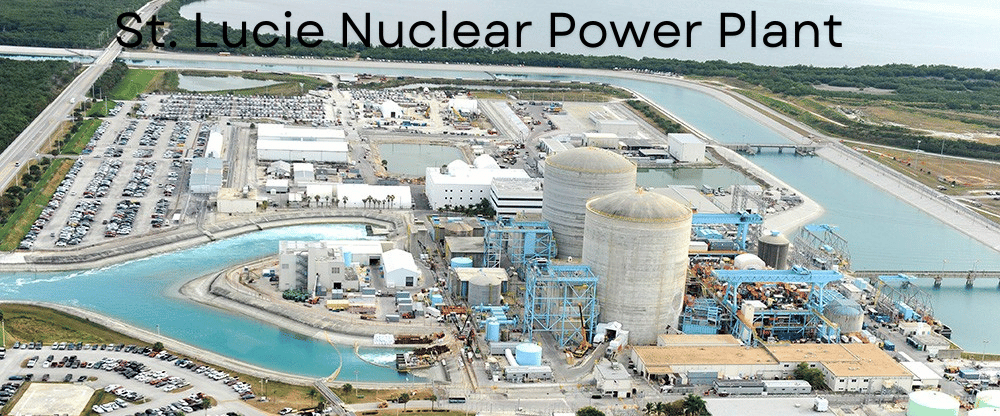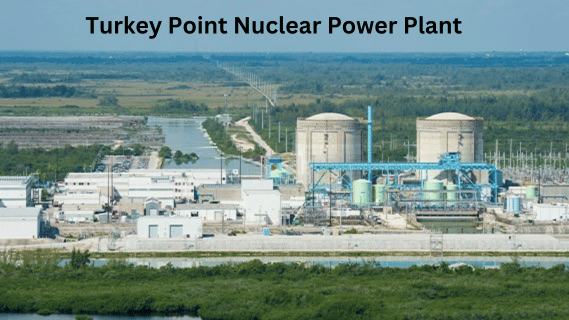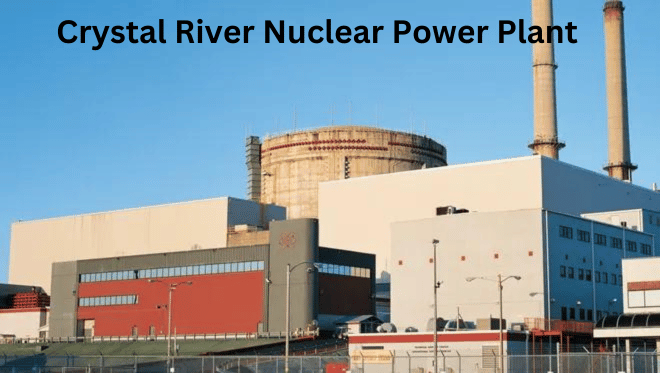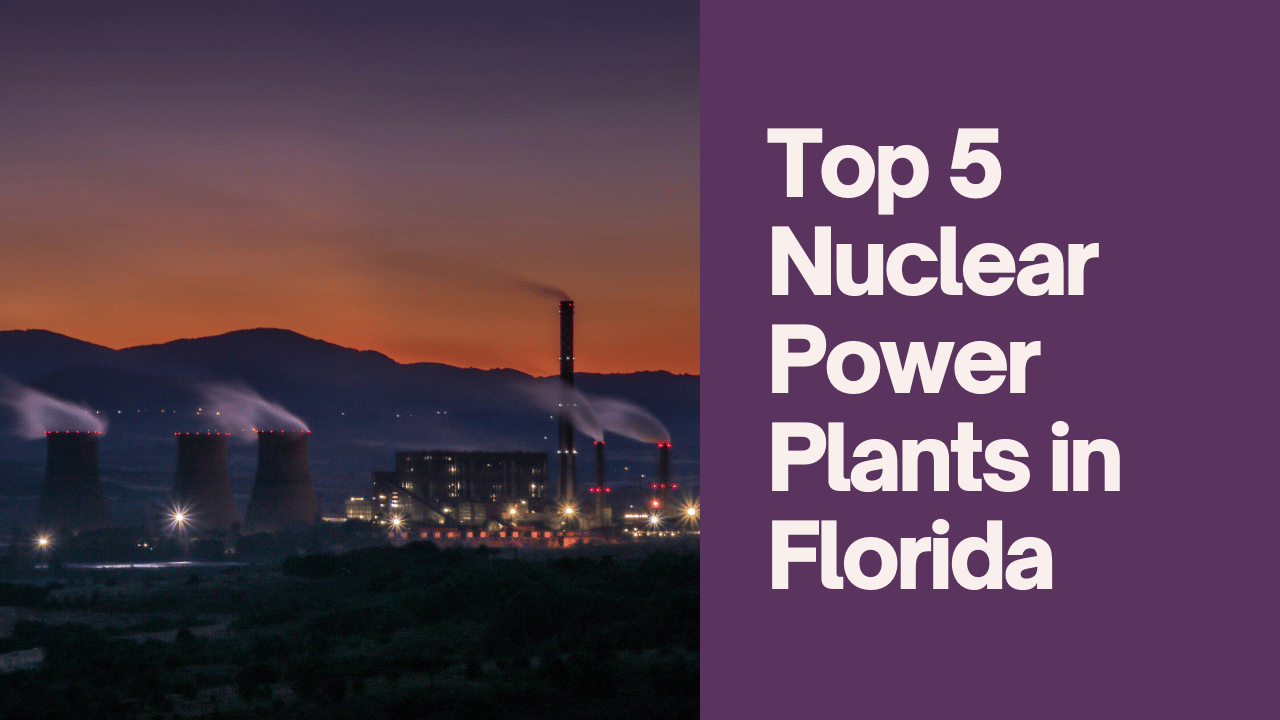Nuclear power has long been a cornerstone of Florida’s energy landscape, providing a significant portion of the state’s electricity. With its ability to generate large amounts of power with minimal greenhouse gas emissions, nuclear energy is crucial in the fight against climate change. In this article, we’ll explore the top five nuclear power plants in Florida, shedding light on their importance, operations, and future.
St. Lucie Nuclear Power Plant

Location and Overview
Nestled along Florida’s Atlantic coast in Jensen Beach, the St. Lucie Nuclear Power Plant is a key player in the state’s energy sector. Commissioned in 1976, this facility has been instrumental in meeting Florida’s growing electricity demands.
Reactor Types and Capacity
The St. Lucie plant operates two pressurized water reactors (PWRs). Each reactor has a capacity of approximately 1,000 megawatts, making it one of the most significant nuclear facilities in the state.
Key Features and Contributions
St. Lucie is known for its robust safety protocols and technological advancements. The plant’s state-of-the-art cooling systems and comprehensive emergency response strategies ensure reliable and safe operation. Additionally, it contributes significantly to the local economy, providing jobs and supporting community initiatives.
Turkey Point Nuclear Power Plant

Location and Historical Background
Located near Homestead, south of Miami, the Turkey Point Nuclear Power Plant began operations in 1972. It’s the oldest and largest nuclear facility in Florida, playing a pivotal role in the state’s energy infrastructure.
Reactor Types and Capacity
Turkey Point features two reactors, both of which are pressurized water reactors. Together, they produce over 2,200 megawatts of electricity, meeting a substantial portion of South Florida’s energy needs.
Environmental Impact and Safety Measures
The plant has faced scrutiny over environmental concerns, particularly related to its cooling system’s impact on local marine life. However, recent upgrades have enhanced its environmental safeguards, including advanced cooling technologies and rigorous monitoring systems.
Crystal River Nuclear Power Plant

Location and Development History
Situated in Citrus County, the Crystal River Nuclear Power Plant began operations in 1977. It played a significant role in Florida’s energy landscape before its closure in 2013 due to operational challenges.
Reactor Types and Capacity
Crystal River originally housed a single boiling water reactor (BWR) with a capacity of around 860 megawatts. Despite its closure, the plant’s history remains a crucial part of Florida’s nuclear energy narrative.
Challenges and Current Status
The Crystal River plant faced significant issues, including structural problems and costly repairs. These challenges ultimately led to its decommissioning. The site now focuses on environmental cleanup and restoration, highlighting the importance of effective management in the nuclear industry.
The Future of Nuclear Power in Florida
Upcoming Projects and Innovations
Florida’s nuclear energy sector is looking toward the future with several promising projects on the horizon. Innovations such as small modular reactors (SMRs) and advanced safety systems aim to enhance efficiency and safety. These developments promise to strengthen Florida’s energy resilience and sustainability.
Regulatory and Safety Advances
The Nuclear Regulatory Commission (NRC) continues to enforce stringent safety standards and regulations. Advances in safety protocols and emergency response planning further bolster the security of Florida’s nuclear power facilities, ensuring they meet the highest safety standards.
Final Words
Nuclear power remains a vital component of Florida’s energy mix, with the state’s top plants playing a crucial role in providing reliable, low-carbon electricity. As the industry evolves, continued innovation and stringent safety measures will be essential in maintaining the benefits of nuclear energy while addressing environmental and operational challenges.












